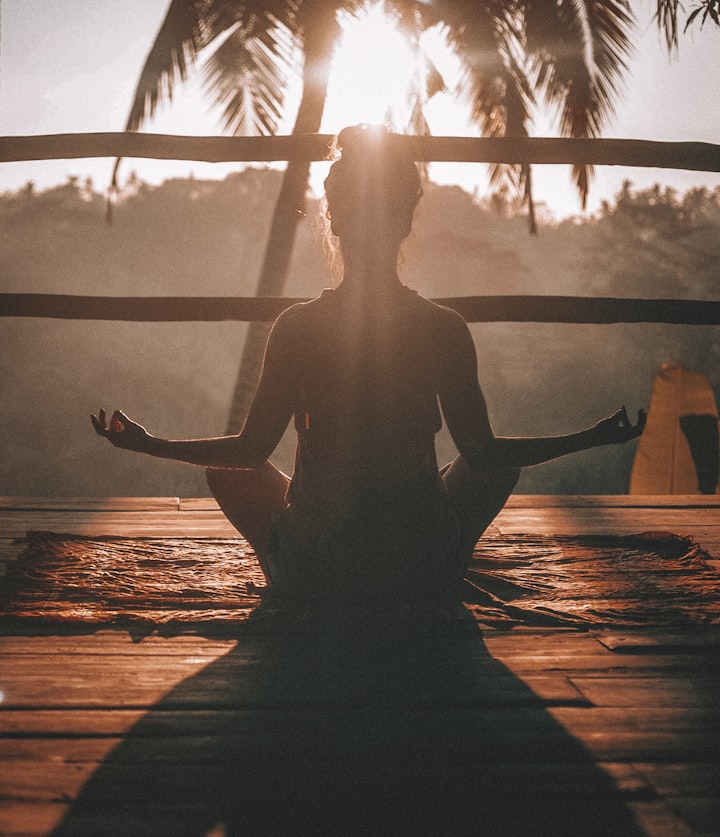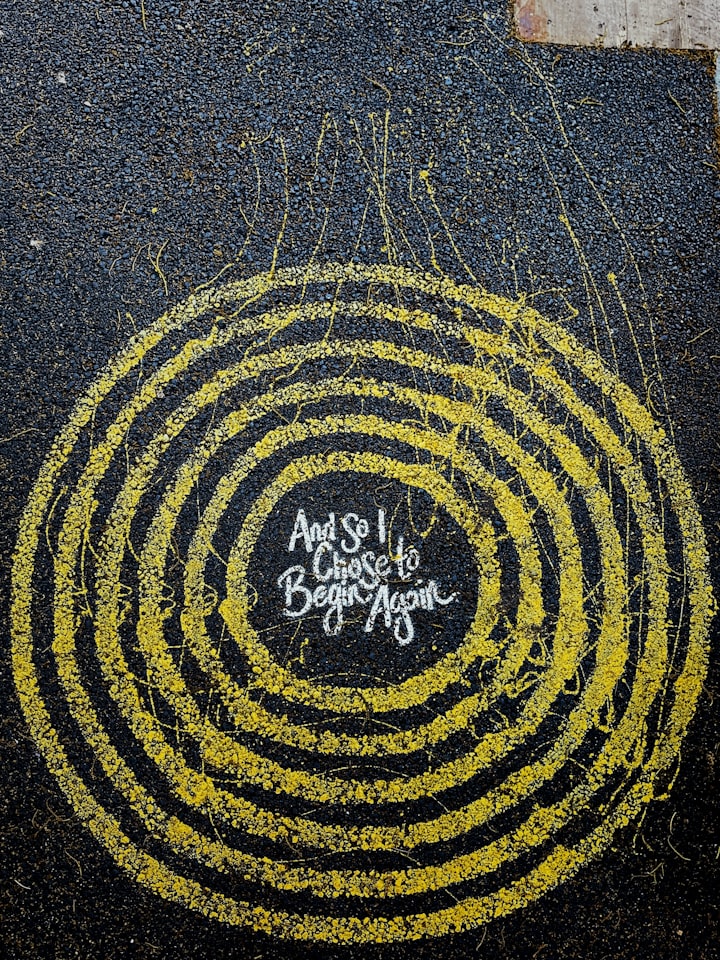
I have been practising yoga for at least 5 years now, mostly on my rest days in the week. It’s a way of keeping my body active, whilst stretching out the muscles from the intense work outs.
I’m a big fan of yoga. The breathing practise in itself was a massive help to me during my most anxious seasons in life and helped me avoid potential anxiety attacks. The intensity of some of the poses means you are forced to connect and focus on your breathing – lengthen on your inhales and deepen in your exhales. The reason this is key is because if you think about it, when we meet any challenges (whether physical or not) we tense up, our breathing becomes shallow and we keep the stress in our muscles. With yoga however, you are taught through your inhales to lengthen, expand, open up if you will – which is counter-intuitive to what your body wants to do – and then exhale: let go of the tension, the gripping, the negativity.
The practise of yoga is therefore genius, because it teaches your mind and body to not shy away from the difficulties, but breathe through them instead. You are challenging yourself to balance intensity and ease – players of opposites.
Now, I’m not a professional yogi at all! Like I said, for me it’s more about the physical movement. I don’t practise the spiritual side of it because I have a Christian faith. But, overtime I have come to appreciate the benefits of yoga to my mind.
This year for instance, I have found a real appreciation for shavanasa, or savansana or corpse pose.
Shavasana is a pose of total relaxation and tends to be the final pose of a yoga session. For years it was the pose I either avoided or cut short – I could get away with that with practising at home on my own you see. My excuse? No time.
However, a few months ago, probably as a result of lockdown I found myself lying there longer and longer after each end of practise. At first I thought it was because I was reluctant to get up and do the next thing. But then I realised, I enjoyed fully letting go of everything.
See, in shavasana you are challenged to have no tension anywhere in your body. Your legs are a little more than hip distance apart and your feet are fallen to the side. Your hands are by your side, fingers allowed to curl in – which is the natural state they would be in if you weren’t doing anything. Your face is relaxed – jaw unclenched, eyebrows unfurled, tongue away from the top of your mouth. These last three things in particular are normal tensions we would otherwise hold in our body day-to-day without thinking twice about it.
Then, once you have let your physical body relax, the challenge of the mind is next. At this point, most yogis encourage you to ‘let the thoughts go’ – let them pass through like a train passing a platform; you watch them, don’t judge them, let them show you what they need to and then let them move on.
This is incredibly challenging for someone like me, who likes to dissect every thought. I don’t necessarily try to find meaning from all of them, but I definitely keep them front of mind, let the scenarios play out until they get me worked up needlessly. The thought of ‘letting them go’ is so difficult! But once you nail it, even just once, you realise the peace that comes with that.
To stick with the train analogy; by allowing the train to stop you have acknowledged the thought. The acknowledgement in itself is important because it gives the thought no reason to force itself upon you – think for instance when someone says ‘don’t think of a pink elephant’; all you’re going to do is think about it. So, we need to give ourselves the space to let the thought surface.
The next important thing though, is to let it leave. This is where most people who suffer from anxiety struggle. If you’re anything like me, my holding on to it is the control element. I have convinced myself that by playing all the different scenarios out in my head, I will have better control of the situation. Which is a massive delusion! That isn’t the case naturally, and instead I have worked my way up to heart palpitations and unease by letting the train stay on the platform for far too long.
In shavasana, I can let the thought surface and in an exhale let it pass. It therefore just becomes something I have thought rather than something I have felt. Now, this doesn’t mean I am anxiety free – hardly – but it has enables me to start off my morning on the right foot.
Particularly, as a Christian, instead of letting the thought ‘out into the ether’ I picture myself leaving it with God. I am literally handing it over (for as long as I can) and allowing His peace to settle in me instead. I often use that time to transition me into a bit of a prayer time as I breathe in God’s goodness and out any negativity or worry.
For more on my health and wellness journey, check out my blog here.
About the Creator
Keshia MF
Indecisive, laughing happens after coffee, finally clawing my way out of writers block enforced by grief.
IG: keshiamf_






Comments
There are no comments for this story
Be the first to respond and start the conversation.